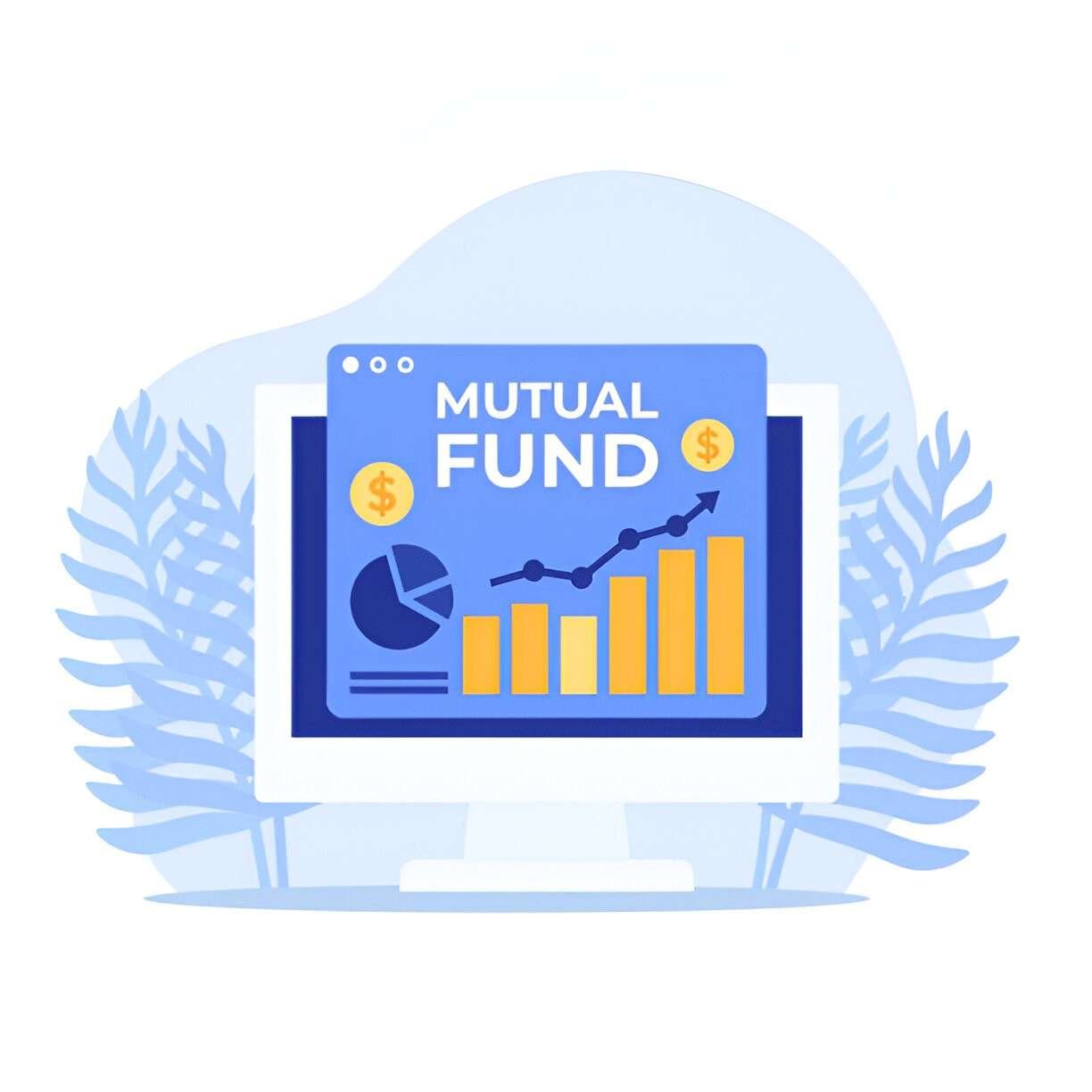Mutual funds are a popular investment vehicle, offering diversification and professional management. But one question I often hear is: Can mutual funds be traded on stock exchanges like stocks? The answer is nuanced—some can, while others cannot. In this article, I will explore the different types of mutual funds, their tradability, and the mechanics behind exchange-traded funds (ETFs) versus traditional mutual funds.
Table of Contents
Understanding Mutual Funds and Their Trading Mechanisms
Mutual funds pool money from multiple investors to buy a diversified portfolio of stocks, bonds, or other securities. They come in two primary structures:
- Open-End Funds – These are the most common. Investors buy and sell shares directly from the fund company at the net asset value (NAV) calculated at the end of each trading day.
- Closed-End Funds (CEFs) – These issue a fixed number of shares, which trade on stock exchanges like stocks. Their prices fluctuate based on supply and demand, often deviating from NAV.
- Exchange-Traded Funds (ETFs) – A hybrid between mutual funds and stocks, ETFs trade intraday on exchanges but still track an index or sector.
How Traditional Mutual Funds Work
When I invest in an open-end mutual fund, I don’t trade it on an exchange. Instead, transactions occur at the NAV, calculated as:
NAV = \frac{Total\ Assets - Total\ Liabilities}{Number\ of\ Outstanding\ Shares}For example, if a fund has $100 million in assets, $5 million in liabilities, and 10 million shares outstanding, the NAV is:
NAV = \frac{100,000,000 - 5,000,000}{10,000,000} = \$9.50I can only buy or sell shares at this price after the market closes.
Closed-End Funds: Traded on Exchanges
Unlike open-end funds, CEFs issue a fixed number of shares in an IPO. After that, they trade on exchanges. Their market price can differ from NAV due to investor sentiment.
| Feature | Open-End Mutual Funds | Closed-End Funds (CEFs) | ETFs |
|---|---|---|---|
| Trading | Through fund company | On stock exchanges | On stock exchanges |
| Pricing | End-of-day NAV | Market price (may differ from NAV) | Intraday market price (usually close to NAV) |
| Liquidity | High (fund creates/redeems shares) | Depends on market demand | High (market-driven) |
| Premiums/Discounts | Always at NAV | Can trade at premiums or discounts to NAV | Usually close to NAV |
ETFs: The Best of Both Worlds?
ETFs combine features of mutual funds and stocks. They track indices, sectors, or commodities and trade like stocks. Their prices stay close to NAV due to arbitrage mechanisms.
For instance, if an ETF trades at a premium, authorized participants (APs) can create new shares by delivering the underlying assets to the fund, bringing the price back in line.
Why Some Mutual Funds Trade on Exchanges and Others Don’t
Regulatory and Structural Differences
The SEC regulates mutual funds under the Investment Company Act of 1940. Open-end funds must redeem shares at NAV, preventing exchange trading. CEFs and ETFs, however, operate under different rules allowing secondary market trading.
Liquidity and Trading Flexibility
- Open-End Funds – Ideal for long-term investors who don’t need intraday trading.
- CEFs & ETFs – Better for traders who want real-time pricing.
Cost Considerations
ETFs often have lower expense ratios than mutual funds due to passive management. However, brokerage commissions (though now mostly $0 at major brokers) and bid-ask spreads affect ETF trading costs.
Practical Implications for Investors
Tax Efficiency
ETFs are generally more tax-efficient than mutual funds due to in-kind redemptions, which minimize capital gains distributions.
Trading Strategies
- Dollar-Cost Averaging (DCA) – Works well with mutual funds since fractional shares are allowed.
- Active Trading – ETFs are better due to intraday liquidity.
Example: Comparing Mutual Funds and ETFs
Suppose I invest $10,000 in:
- An S&P 500 Index Mutual Fund (Expense Ratio: 0.04%)
- An S&P 500 ETF (Expense Ratio: 0.03%)
Over 20 years, assuming a 7% annual return, the difference in fees is minimal:
Mutual\ Fund\ Future\ Value = 10,000 \times (1.0696)^{20} \approx \$38,697 ETF\ Future\ Value = 10,000 \times (1.0697)^{20} \approx \$38,732The ETF saves only $35 over two decades—hardly a game-changer.
Final Thoughts
Not all mutual funds trade on exchanges. Open-end funds transact at NAV, while CEFs and ETFs trade like stocks. The choice depends on liquidity needs, trading frequency, and cost preferences.
For passive investors, traditional mutual funds work fine. Traders and tax-conscious investors may prefer ETFs. Understanding these differences helps me make informed decisions—and I hope it does the same for you.





